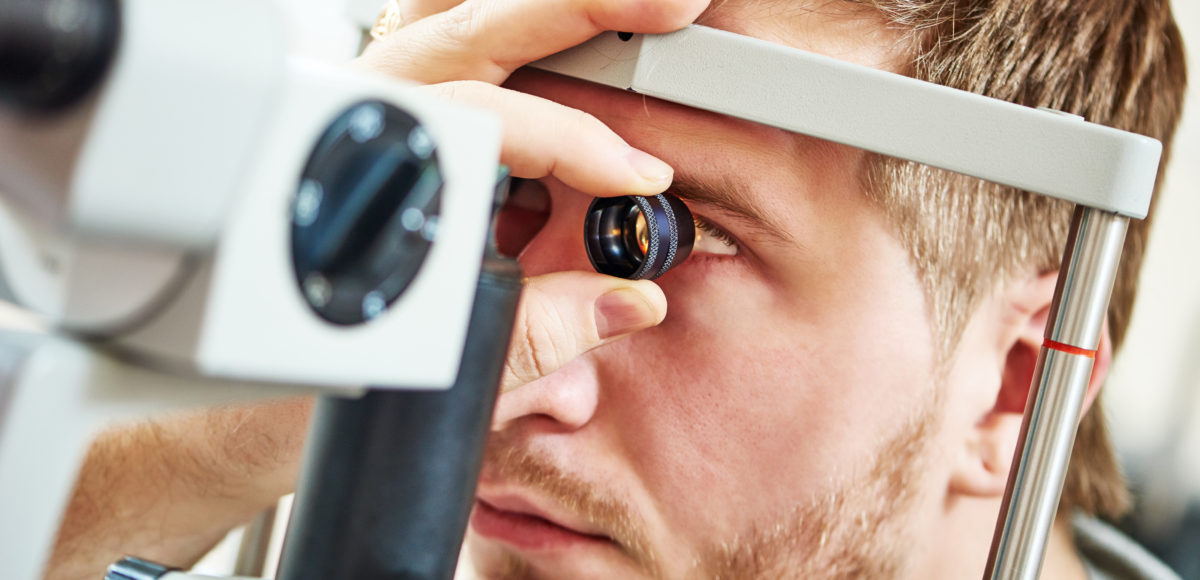Over 3 million Americans are suffering from glaucoma. Glaucoma is known as the “silent blinder” in the U.S. and around the world. This neurodegenerative disease has no symptoms for years, as the patient doesn’t notice their vision slowly deteriorating as the optic nerve in each eye slowly loses neurons from intraocular pressure (IOP) too high for the affected patient.
Lowering IOP in most cases means protecting the optic nerve in each eye, kind of like how lowering blood pressure protects the heart, brain, and other organs over time. The goal of most treatments for glaucoma is to improve how fluid flows from the eye, to reduce the production of fluid or a combination of both.
So far, our best treatments for slowing the progression of glaucoma and preventing blindness is to keep IOP low all the time. This usually involves prescription eye drops that lower the production of fluid in the eye and/or increase the outflow of fluid. When medical treatment fails and vision loss starts to set in, surgery to change the fluidics in the eye may be necessary.
Both of these treatment options are less than ideal because they are less than effective over time and quite costly to the healthcare system. You may have heard claims that marijuana smoking helps glaucoma. Let’s look at some facts…
Research findings from as early as the 1970’s show that both marijuana and the THC compound reduces intraocular pressure. Several small clinical studies have been done that show cannabis’ beneficial effect on lowering IOP. Recent studies have actually measured IOP over the course of the day as patients smoke marijuana. In most trials, a single dose of marijuana or cannabinoid maintained this effect for three to four hours.
Yet the high dose of marijuana when inhaled necessary to produce a clinically relevant effect on IOP in the short term requires constant inhalation, as much as every three hours.
Smoked or eaten marijuana, THC, and synthetic cannabinoids in pill form, and intravenous injections of several natural cannabinoids have all been shown to reduce IOP significantly in both glaucoma patients and healthy adults with normal IOP. The number of significant side effects generated by long-term oral use of marijuana or long-term inhalation of marijuana smoke make marijuana a poor choice in the treatment of glaucoma, a chronic disease requiring proven and effective treatment.
Two issues that need to be overcome here:
Glaucoma needs around-the-clock treatment, so it would require that someone use marijuana throughout the day to really get the benefits. Smoking it all day is just not an option for most people.
Marijuana crossing the blood brain barrier can alter mental status, behavior and perception, along with other side effects that may not be desired in the glaucoma patient.
Eye drops that deliver the active compounds directly to the eye are ideal and needed!
Since THC is not very water soluble, it has been difficult to develop an eye drop with high enough concentrations of THC to be effective.
Another option? Sublingual delivery.
A 2006 pilot study out of the UK published in the Journal of Glaucoma looked at non-inhaled forms of cannabinoids in treating glaucoma. Their results showed that “a single 5 mg sublingual dose of Delta-9-THC reduced the IOP temporarily and was well tolerated by most patients.”
We need REAL research!
While it has been known for over 50 years that cannabis reduces IOP, to date there are NO National Eye Institute studies in the United States concerning the use of marijuana to treat glaucoma.
The Glaucoma Research Foundation states they are monitoring “the research community for any new and well-designed studies regarding the use of marijuana to effectively treat glaucoma.”
We are woefully behind where we should be in research on cannabinoids and their effects on glaucoma. This is because for years (and still today!) marijuana is federally classified as a Schedule 1 Drug, right along with heroin and ecstasy. Until the federal government catches up with the reality of the marijuana plant, we remain behind in good research on cannabis and glaucoma.
 English
English French
French German
German






